Budapest, the capital of Hungary, is a city known for its stunning architecture, vibrant history, and rich religious heritage. Christianity has played a central role in the life of the city for centuries, and many churches and religious sites in Budapest reflect this legacy. From the grandeur of St. Stephen’s Basilica to the serenity of the Serbian Orthodox Saint George Church, Budapest is home to some of Hungary’s most significant and beautiful Christian landmarks. Below, we explore some of the most prominent Christian places of worship that make Budapest a unique spiritual destination.
The Introduction of Christianity in Hungary
Christianity was introduced to Hungary in the late 10th century, primarily through the efforts of Grand Prince Géza and his son, Stephen I. Géza was baptized as a political move to align Hungary with Christian Europe, inviting missionaries from the Holy Roman Empire. However, the full Christianization of Hungary took place under Stephen I, who became king in 1000 AD with the Pope’s approval. He established churches, enforced Christian laws, and suppressed pagan traditions, ensuring Christianity became the dominant religion.
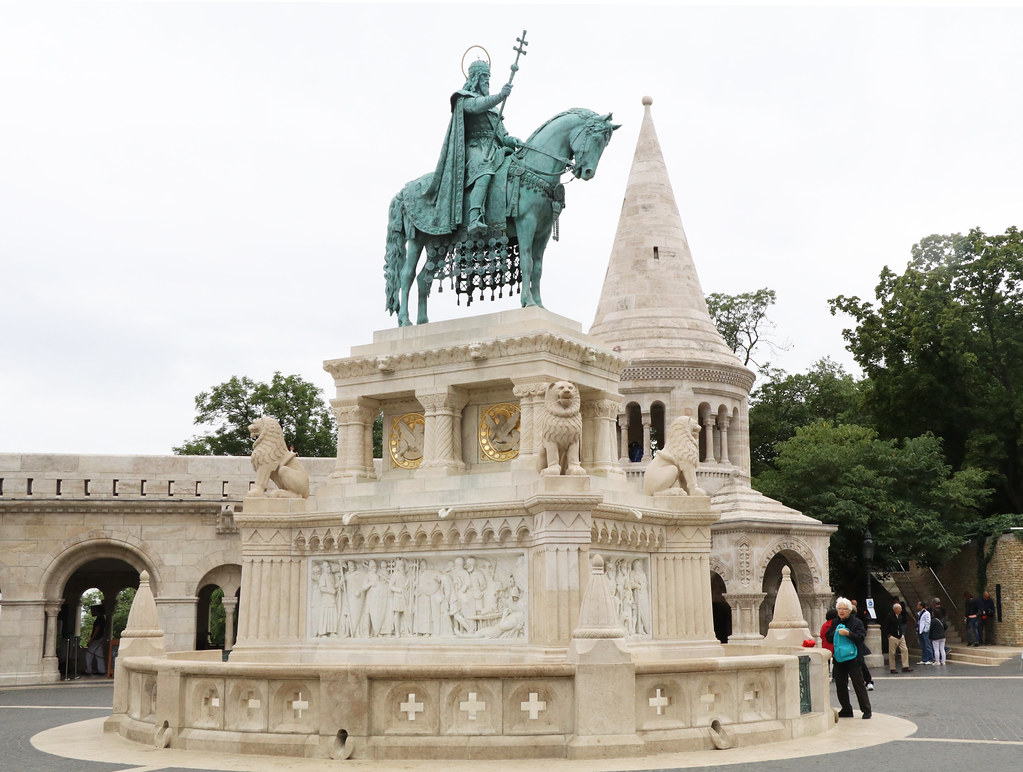
By the 12th century, Hungary was a firmly Christian kingdom, deeply integrated into Western European religious and political structures. King Stephen I was later canonized for his role in spreading Christianity, solidifying Hungary’s Christian identity, which would shape its culture and history for centuries.
Top 6 more iconic Christian Sites
1. St. Stephen’s Basilica (Szent István Bazilika)
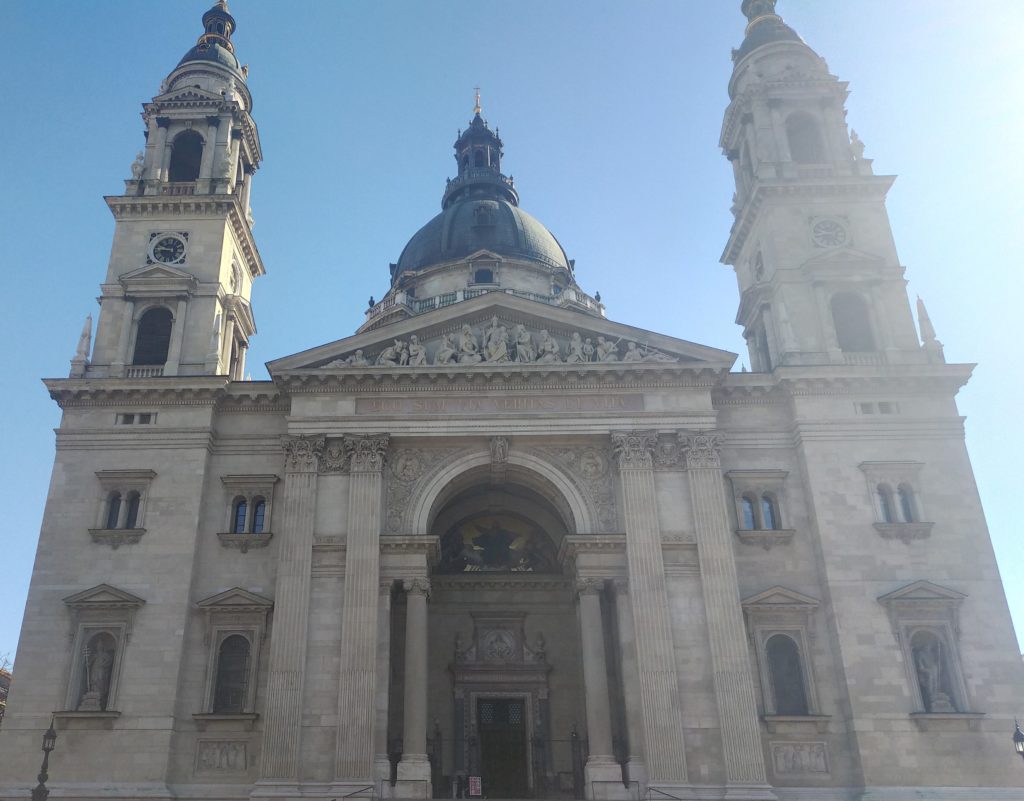
St. Stephen’s Basilica, the largest church in Hungary, is one of Budapest’s most iconic landmarks. Construction began in 1851 and took over 50 years to complete, facing multiple challenges, including the collapse of its original dome. The basilica was finally consecrated in 1905, blending neoclassical and Renaissance Revival architectural styles. Named after Hungary’s first king, St. Stephen I, the church holds great religious and historical importance.
The basilica is famous for housing the Holy Right, the mummified right hand of St. Stephen, which is venerated as a national relic. When St. Stephen died in 1038, he was buried in a royal tomb in Székesfehérvár. Years later, during the reign of King St. Ladislaus, his tomb was opened, and his body was found partially incorrupt. His right hand, in particular, was remarkably well-preserved and was removed as a sacred relic. Over the centuries, the hand was moved multiple times, even taken abroad during wars, before finally being returned to Hungary. Today, it rests in St. Stephen’s Basilica, where it is displayed in a chapel and honored annually on August 20th, Hungary’s national holiday.
Beyond its religious significance, the basilica serves as a cultural venue for concerts and events. Its grand dome offers panoramic views of Budapest, making it a major tourist attraction. St. Stephen’s Basilica remains a symbol of Hungary’s Christian heritage and a key part of the city’s architectural and spiritual landscape
2. Matthias Church (Mátyás-templom)
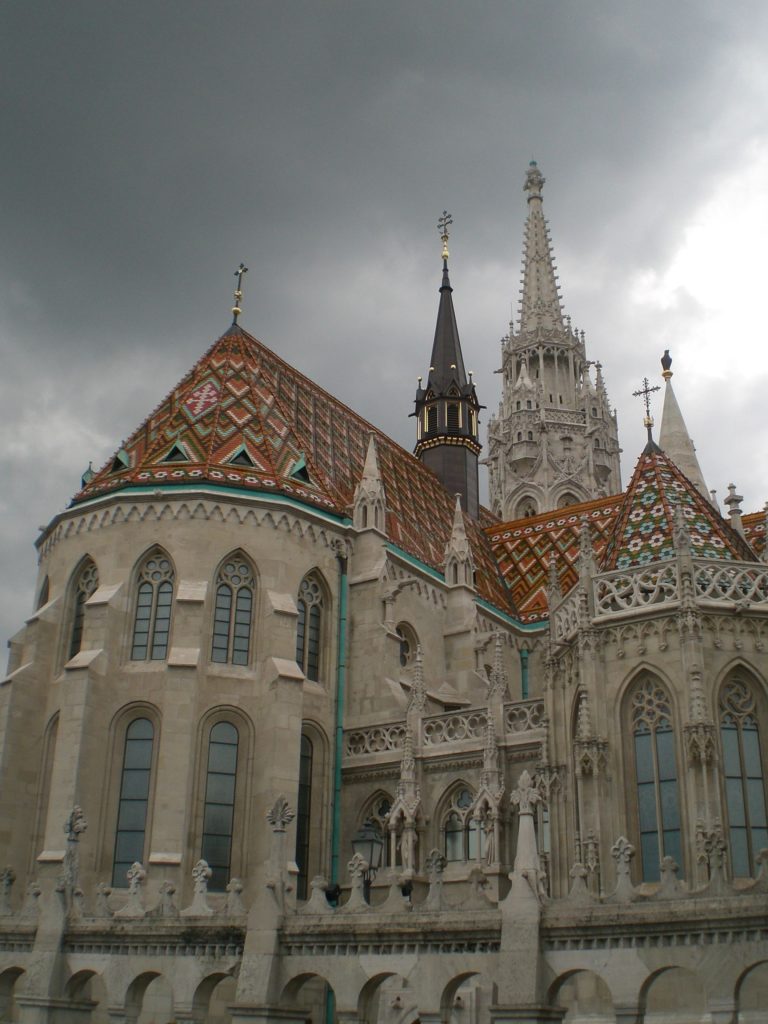
Matthias Church, one of Budapest’s most iconic religious landmarks, has a history dating back to the 13th century. Originally built in the Romanesque style, it was later reconstructed in a striking Gothic design under the rule of King Matthias Corvinus in the 15th century, from whom it takes its name. The church has played a key role in Hungary’s history, serving as the coronation site for several Hungarian kings, including Franz Joseph I and Empress Elisabeth (Sisi) in 1867. During the Ottoman occupation in the 16th century, the church was converted into a mosque, only to be restored to its original Christian function after the Habsburgs recaptured Buda.
Today, Matthias Church stands as a masterpiece of neo-Gothic architecture, featuring colorful Zsolnay roof tiles and intricate frescoes. It remains an important religious and cultural site, hosting concerts and major state ceremonies. Located in the heart of the Buda Castle District, it attracts visitors from around the world, offering a glimpse into Hungary’s rich Christian heritage and royal traditions.
3. Gellért Cave Church (Gellérthegyi-barlang)
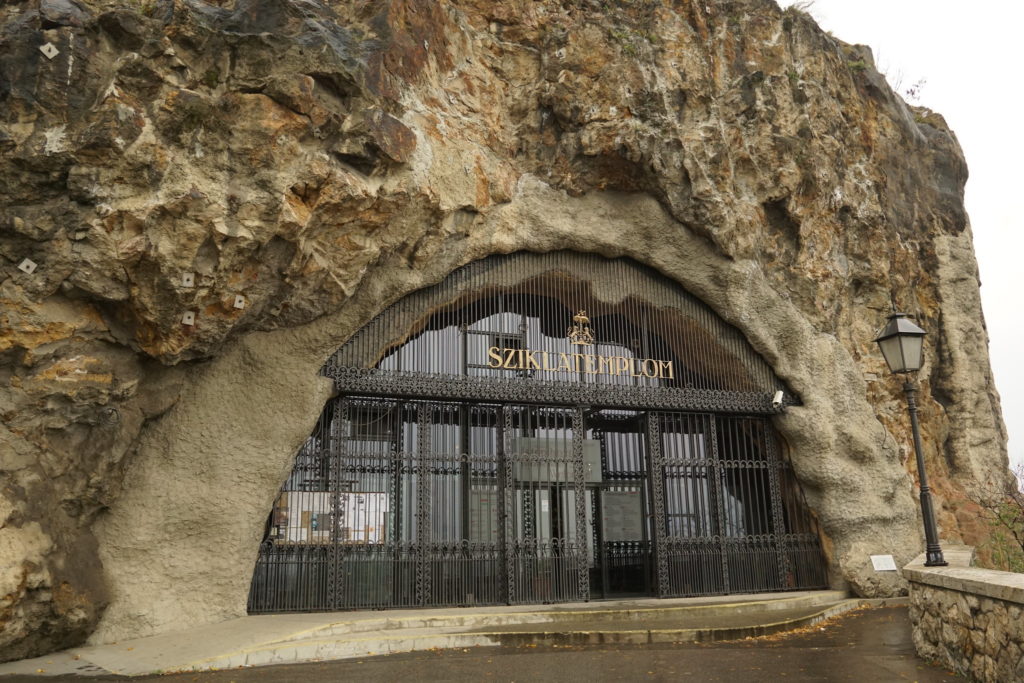
Gellért Cave Church, also known as the Rock Church, is one of Budapest’s most unique religious sites. Located inside a natural cave within Gellért Hill, its origins date back to the Middle Ages when Saint Ivan, a hermit monk lived there. Over the centuries, the cave remained a site of spiritual significance, but it wasn’t until 1924 that the Pauline Monastic Order officially established a church inside it. The monks expanded the cave, building a sanctuary and monastery, inspired by the famous Lourdes Grotto in France. The church quickly became an important place of worship, drawing pilgrims and serving as a refuge during World War II.
However, its history took a dark turn during the communist regime in 1951. The church was sealed off with concrete, and its monks, including the leader, Father Kelemen Krizosztom, were arrested, tortured, and executed for their faith. The church remained closed for over four decades until the fall of communism in 1989, when it was finally reopened and restored for religious services.
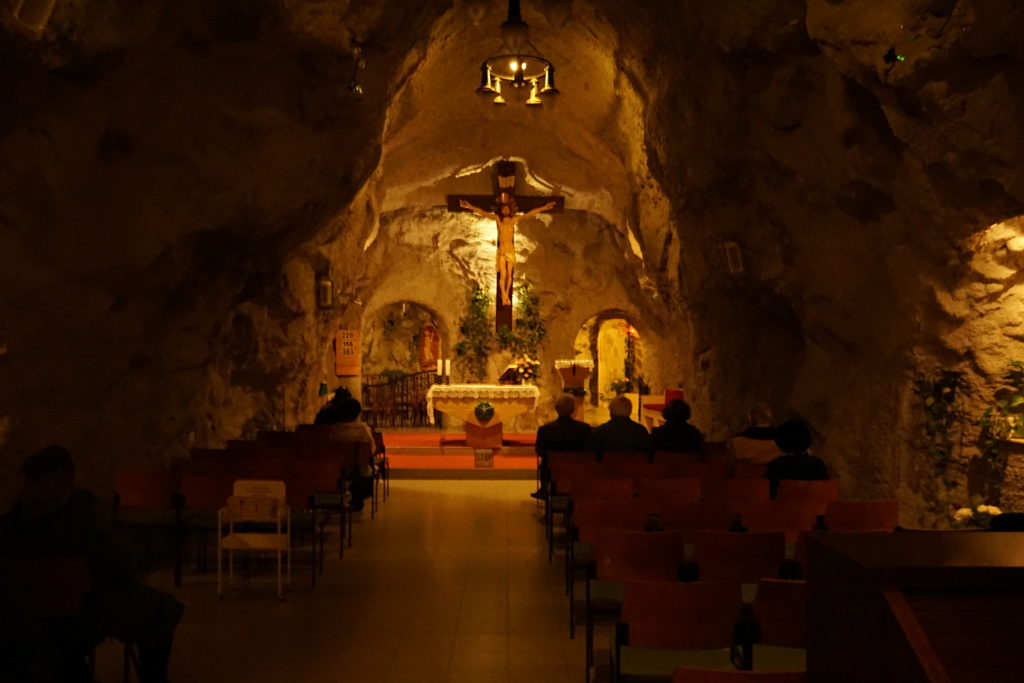
Today, Gellért Cave Church is both an active place of worship and a symbol of resilience and faith in Hungary. Its unique setting, natural rock walls, and tragic yet inspiring history attract visitors and pilgrims alike, offering insight into Hungary’s Christian heritage and the endurance of religious communities under oppression, making it an important cultural and historical landmark in Budapest.
4. Budapest Calvinist Church (Magyarországi Református Egyház)
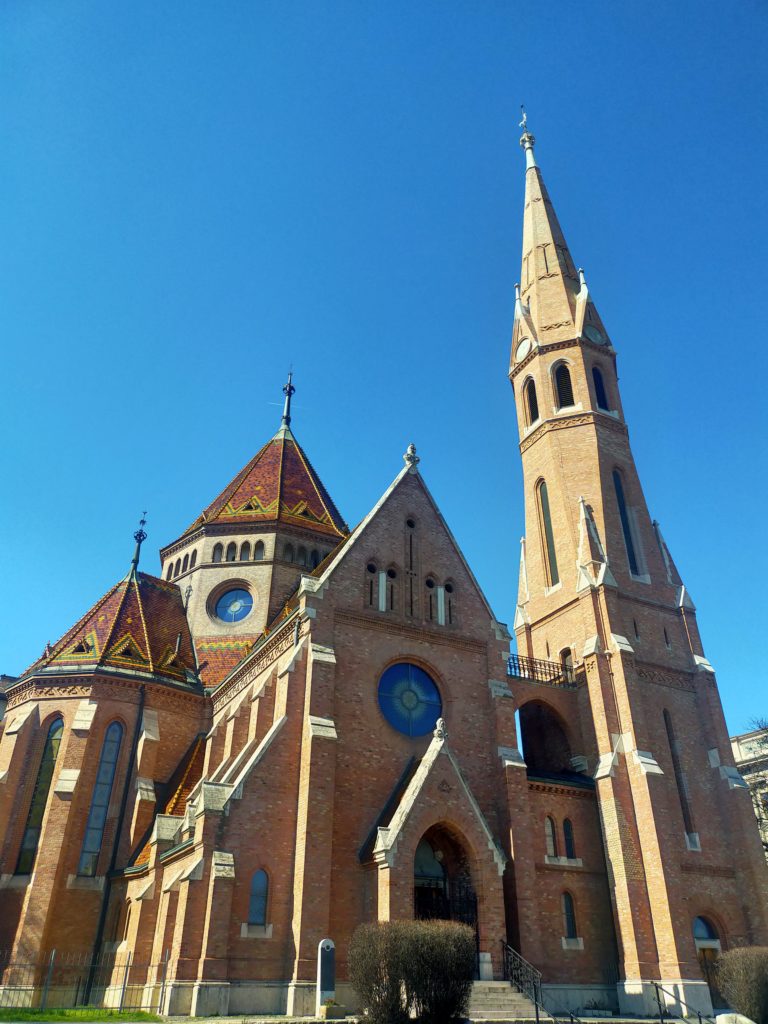
The Calvinist Church of Budapest, also known as the Reformed Church in Buda, is one of the most important Protestant landmarks in Hungary. Its origins are tied to the Protestant Reformation of the 16th century, when a significant portion of the Hungarian population embraced Calvinism under the influence of Swiss reformer John Calvin. For centuries, Hungarian Protestants faced persecution under Habsburg Catholic rule, and it wasn’t until the late 18th and 19th centuries that Protestant communities gained greater religious freedom. By the late 19th century, Budapest’s growing Calvinist population sought to establish a grand church to reflect their faith, leading to the construction of the current building in the early 20th century.
Located along the Danube River in Buda, the church is an architectural masterpiece, designed in a unique Neo-Gothic and Art Nouveau style with striking red brickwork and a distinctive octagonal tower. Despite periods of hardship, including damage during World War II, it has remained an active place of worship and an important center for the Reformed Church of Hungary. Today, it stands as a symbol of Hungary’s Protestant heritage, religious resilience, and cultural identity, attracting both worshippers and visitors interested in its historical and architectural significance.
5. Church of St. Anne (Szent Anna Templom)
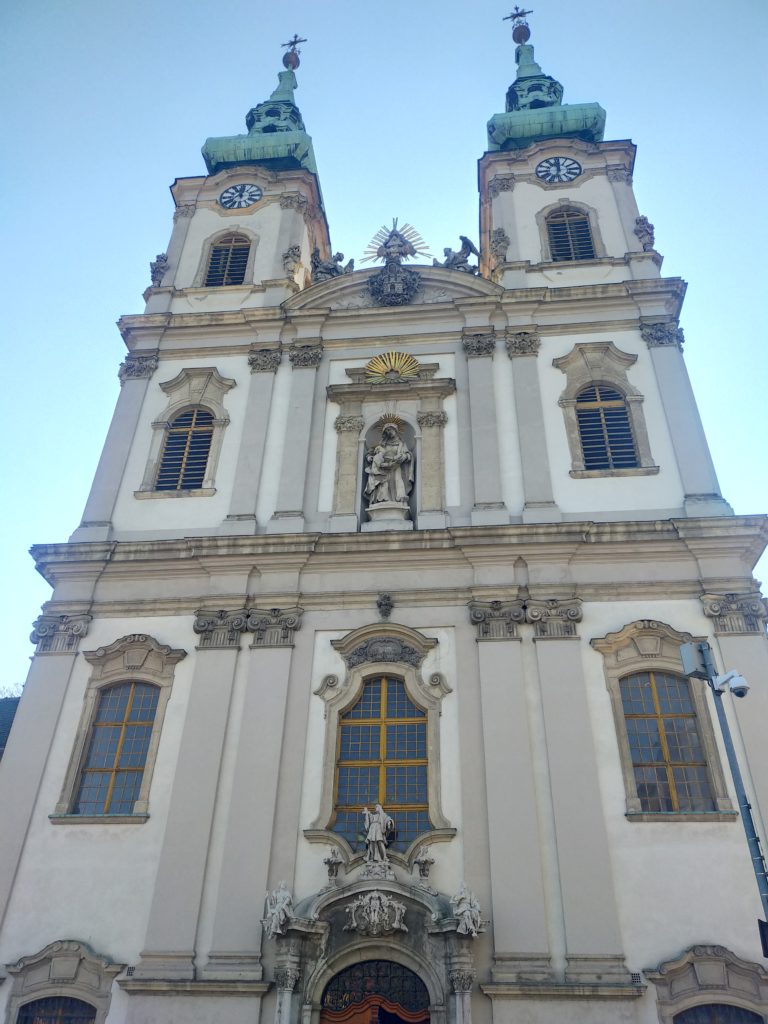
The Church of St. Anne in Budapest is one of the finest examples of Baroque architecture in Hungary. Located in the Buda side of the city, near Batthyány Square, the church was built between 1740 and 1762 by the Jesuits, replacing an earlier wooden chapel. Its elegant façade, richly decorated interior, and stunning frescoes make it one of the most beautiful churches in Budapest. The twin towers and intricate stucco work showcase the grandeur of the late Baroque period, making it a masterpiece of religious architecture.
Over the centuries, the Church of St. Anne has withstood numerous challenges, including floods, earthquakes, and war damage, particularly during World War II, when parts of it were heavily damaged. Despite these hardships, it has been carefully restored and remains an active place of worship. Today, it is not only a significant Catholic church but also a cultural landmark, hosting concerts and events. Its historical resilience and architectural beauty make it a must-visit site for those exploring Budapest’s religious heritage.
6. Church of St. Michael (Szent Mihály Templom)
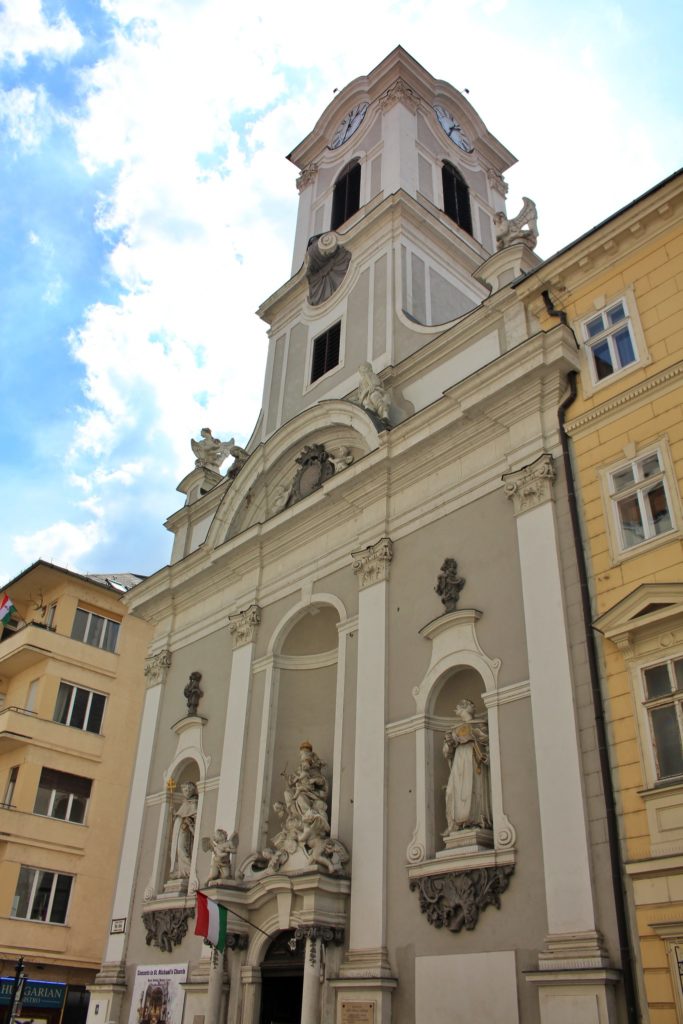
The Church of St. Michael in Budapest is one of the most historically significant Baroque churches in the city. Built between 1700 and 1765 by the Dominican Order, it originally served as part of a Dominican monastery. After the Ottoman occupation (1541–1686), much of Budapest’s religious infrastructure was in ruins, and the church played a key role in restoring Catholic influence in the city. Its elegant Baroque design, characterized by a single-tower façade, intricate stucco decorations, and impressive frescoes, reflects the artistic style of the time. The Dominicans used the church for nearly a century, making it a center for Catholic life and education.
However, in 1784, Emperor Joseph II issued policies reducing the influence of monastic orders, leading to the dissolution of the Dominican monastery. The church was then handed over to the Diocesan clergy. Over the centuries, it underwent various restorations, including repairs after World War II, when it suffered damage from bombings. Despite these challenges, the Church of St. Michael has remained an active place of worship and a symbol of Budapest’s Catholic heritage. Today, it continues to host religious services and cultural events, while its historical and architectural beauty attracts visitors from around the world.
Conclusion
Budapest’s rich Christian heritage is deeply embedded in its history, architecture, and cultural identity. The city’s most significant churches, including St. Stephen’s Basilica, Matthias Church, and St. Michael’s Church, reflect the influence of Catholicism and its enduring legacy since Hungary’s conversion to Christianity. Meanwhile, the Calvinist Church of Budapest stands as a testament to the Reformation and the Protestant presence in the country. The Gellért Cave Church, with its unique underground setting, symbolizes resilience and faith, especially during times of persecution, such as the communist era. The Church of St. Anne, a Baroque masterpiece, further highlights the artistic and religious revival following centuries of war and occupation.
Each of these landmarks tells a story of faith, survival, and adaptation. From medieval coronations to wartime destruction and communist suppression, Budapest’s Christian sites have witnessed and endured the city’s most defining moments. Today, they serve not only as places of worship but also as cultural and historical landmarks that attract visitors from around the world. Their continued significance demonstrates how Christianity remains an integral part of Budapest’s identity, shaping its past, present, and future.

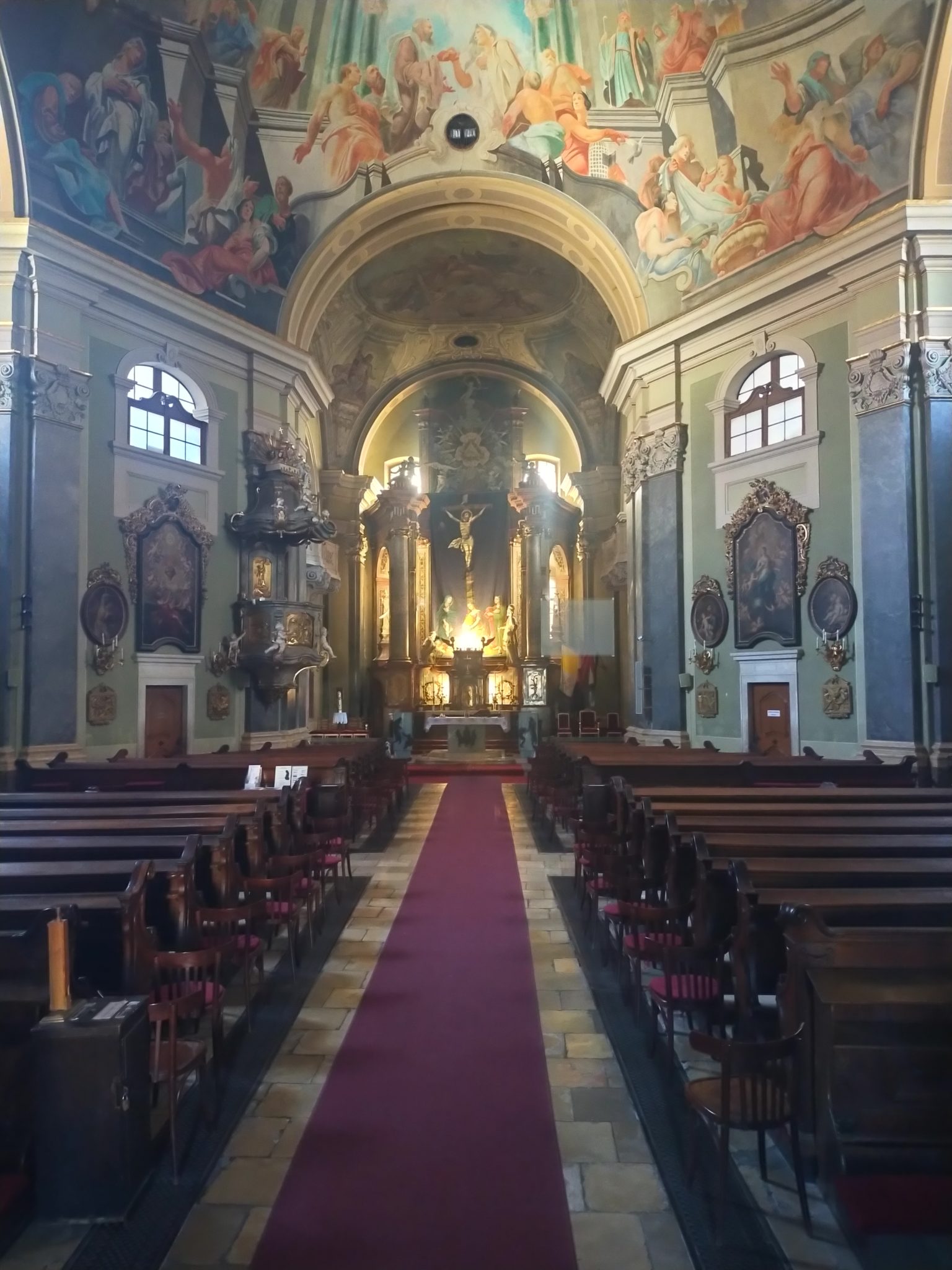
Comments are closed.